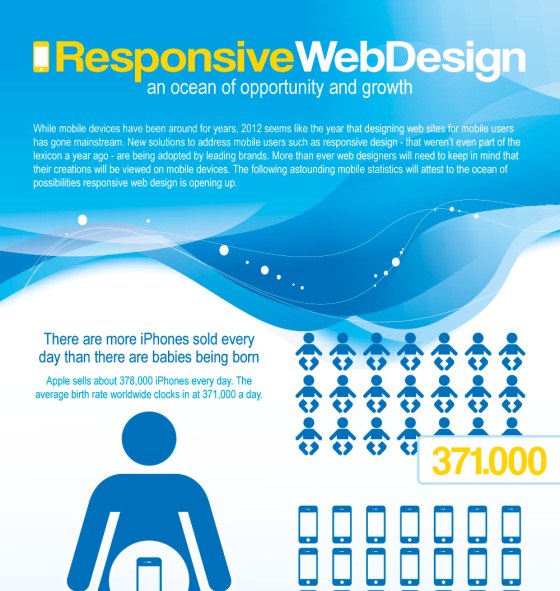Web Site Design Basics: Tips For Structure A User-Friendly Site
Web Site Design Basics: Tips For Structure A User-Friendly Site
Blog Article
Write-Up Written By-Hall Ehlers
When it involves website layout, making sure user-friendliness is vital. From responsive design to streamlined navigating, every aspect plays a critical duty in creating a website that accommodates your audience's demands. But what concerning the better details that can make or damage a customer's browsing experience? Stay tuned as we uncover some often-overlooked suggestions that can raise your web site's usability to the next degree, making it truly stand apart in the digital landscape.
Relevance of Responsive Layout
Responsive design is an essential facet of modern-day web site development. Guaranteeing your website is responsive means that it can adapt to various screen sizes and gadgets, supplying a seamless experience for individuals.
With the raising use of smartphones and tablet computers to access the web, having a responsive style is vital for reaching a larger target market. It assists in enhancing customer experience by making your web site simple to navigate and continue reading any type of gadget.
In addition, receptive layout can positively impact your internet search engine positions, as internet search engine like Google focus on mobile-friendly web sites. By having a responsive layout, you're additionally future-proofing your website, as brand-new tools with differing display dimensions continue to arise.
Simplify Navigation Framework
To boost user experience and assist in simple accessibility to details on your website, enhancing the navigation structure is critical. When making your website, concentrate on creating a clear and user-friendly navigation food selection that aids site visitors locate what they're looking for promptly.
Limitation the variety of menu things to the essentials, organizing associated pages together to stay clear of frustrating individuals. Use detailed labels that clearly indicate the web content of each web page, making it less complicated for individuals to comprehend where each link will take them.
Consider applying dropdown menus for subcategories to avoid littering the main navigation bar. Additionally, consist of web developer near me on the web page for individuals that prefer searching for particular information.
Focus on mobile responsiveness in your navigation layout to ensure easy access on all tools.
Enhance Page Tons Speed
Improving page lots rate is vital for retaining site visitors on your web site. Slow-loading web pages annoy individuals and can result in high bounce rates. To enhance web page tons rate, start by optimizing pictures. Press pictures without jeopardizing quality to lower their data dimensions.
Furthermore, allow internet browser caching to store regularly accessed resources locally, speeding up lots times for returning site visitors. Minify CSS, JavaScript, and HTML files by eliminating unneeded personalities, comments, and format, improving tons speed.
Consider making use of a content shipment network (CDN) to disperse your website's web content across numerous web servers worldwide, minimizing latency for individuals accessing your site from different areas. Lastly, limit making use of third-party manuscripts and plugins, as they can considerably impact lots times.
Verdict
In conclusion, by incorporating responsive design, streamlining navigation, and enhancing web page lots speed, you can develop an user-friendly web site that interest a wider audience and boosts customer experience. These essential elements ensure that site visitors can conveniently accessibility and navigate your website throughout different devices, resulting in increased involvement and complete satisfaction. By concentrating on these crucial aspects, you can develop a successful internet site that maintains individuals coming back for more.
